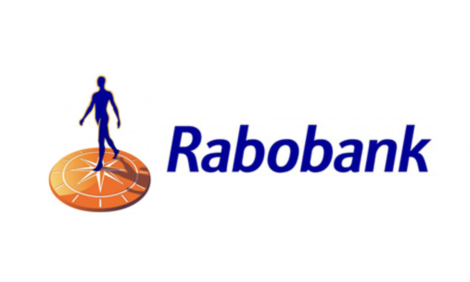



Weekly Outlook: Hog Profits Fade
URBANA - Much higher feed costs are likely to eliminate the profit potential for pork producers in 2007, said Chris Hurt, a Purdue University Extension marketing specialist.
"After three years of favorable returns, 2007 is expected to be close to breakeven, with concerns that even higher feed prices could drive the industry into losses," said Chris Hurt.
"Costs in 2007 are expected to be about 18 percent higher than in the previous two years with corn costs up an estimated 63 percent and soybean meal costs up a much more modest 4 percent. In addition, large uncertainty surrounds feed costs in 2007 as the corn and soybean sectors adjust to the rapid explosion in corn demand for fuel ethanol."
Hurt noted that the pork industry has not adjusted much yet to the new realities of corn and soybean meal prices.
"The breeding herd remains in a slow expansion and is about 1 percent larger than the herd of a year ago," he said. "Market herd numbers are also higher by about 1 percent. Winter farrowings are expected to be up 2 percent and next spring farrowings up 1 percent.
"The number of pigs per litter is expected to be high this winter due to the mild winter and will continue to set new records throughout the year."
Over the past two years, the breeding herd has risen by a modest 2 percent, representing 120,000 more animals. Regionally, this expansion has come in two locations. The first is in the eastern Corn Belt (Indiana, Illinois, Ohio, and Wisconsin) where breeding herd numbers have been up 80,000 head. The second is in the Central Plains (Colorado, Kansas, and Nebraska) where numbers were up 40,000 head. Most other areas have seen only slight changes.
Record pork production of 21.4 billion pounds is expected for 2007. Slaughter numbers are expected to reach 107.3 million head.
"This will be the sixth consecutive year of record pork production," said Hut. "The growth of pork exports is the reason for this continued U.S. industry growth. Exports rose by 1.4 billion pounds from 2002 to 2006, while domestic consumption was about unchanged.
"A critical question for the future of the U.S. pork industry is how will the diversion of so much corn to fuel impact the U.S. industry's ability to grow the export market in coming years?"
Hog prices are expected to remain relatively strong in 2007 given record high production. Prices for live animals are expected to average about $48 per live hundredweight, or $64.50 on a carcass bid. This compares with $47.34 in 2006 and $50.10 in 2005.
"Prices are expected to average in the mid-$40s in the first quarter of 2007, and then move up to averages near $50 for the second and third quarters before falling back to the mid-$40s in the final quarter," said Hurt. "Yearly price highs would be expected in late May and June with prices reaching the low-to-mid $50s and year lows would be both at the beginning of the year and at the end of the year in the very low $40s."
Anticipated costs of production based on closing prices of corn and soybean meal futures on Jan. 5 are expected to average near $47 in 2007. This compares with a $40 average for 2005 and 2006 combined. Given expected prices at $48, this means an expected return of only $1 per live hundredweight, or near breakeven.
"The dynamics of corn and meal prices in 2007 now appear to be a larger concern than hog prices," said Hurt. "So far, the $4 futures ceiling has held corn prices. Volatility is likely to remain high and this may mean opportunities to buy corn and meal on the dips.
"At this writing, July 2007 corn futures were $3.80 per bushel and the options market determined odds of prices moving to $4.25 were 31 percent and to $4.50 were 22 percent. These are reasonably large odds and many producers will want to consider some price protection measures."
Four prices strategies come to mind, he noted. The first is to acquire as much cash corn as is possible this winter for feeding needs through mid-summer. Ownership costs are generally less than price premiums through mid-summer. In addition, as more ethanol plants come on-line, basis levels are expected to strengthen as well.
Second, buy corn futures on the breaks. Third, buy corn call options on the breaks. Fourth, set a purchase price range by both buying calls and selling an equal number of out-of-the-money puts.
"Spring and summer growing conditions will be a major concern as well," said Hurt. "Since 1975, the odds of having U.S. corn yields drop by 5 percent or more has been 22 percent.
"Unfortunately, for corn users, if that were to happen in 2007, corn prices would be expected to rise sharply, perhaps to record levels."
ThePigSite News Desk
<?=getCodeSnippet(55);?>








